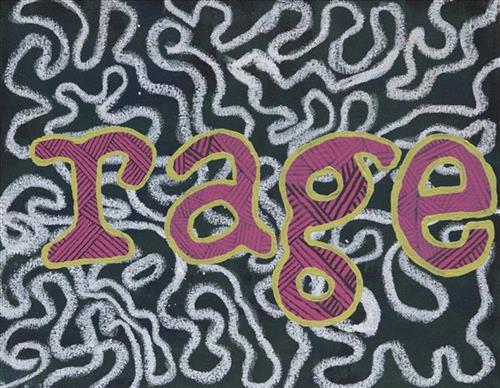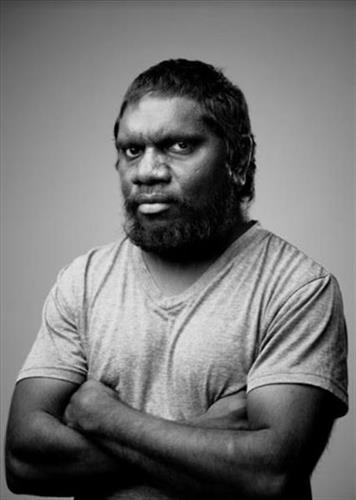Biography:
Curtis Taylor is a Martu artist and filmmaker who grew up between Aboriginal communities Bidyadanga in the Kimberley and Parnngurr in the Pilbara. He comes from a strong lineage of cultural and artistic leaders, including his grandparents Wokka Taylor (dec.) and Kanu (Karnu) Nancy Taylor (dec.), and his parents Desmond Taylor and Colleen Jadai (dec.).
Raised between remote desert communities and Perth, Curtis was immersed in traditional Martu knowledge while also navigating a Western education. This dual experience laid the foundation for his distinctive practice, which explores Martu experience in a contemporary world and engages with themes of identity, language, cultural practice and responsibility. After completing school in 2008, Curtis worked as a Community Coordinator and Youth Development Officer at Martu Media, a division of Kanyirninpa Jukurrpa (KJ), and later began formal studies in film and media at Murdoch University in Perth.
Working across film, sculpture, installation and painting, Curtis has developed a practice that speaks powerfully across generations. Central to his work is the use of Martu Wangka, both to preserve language and to reach younger audiences. He is known for his collective approach to filmmaking, often working alongside collaborators and providing opportunities for community members to build skills and explore storytelling. His film projects include Collisions with Emmy Award-winning artist Lynette Wallworth, and collaborations with fellow filmmakers Ishmael Marika and Nathan Mewett.
Curtis’s work has been exhibited widely across Australia and internationally, including at The National: New Australian Art at the Museum of Contemporary Art, Sydney; the Sydney Film Festival; Perth Institute of Contemporary Arts; Fremantle Arts Centre; and Furtherfield Gallery in London. He is a key figure in major projects such as Yiwarra Kuju: The Canning Stock Route, We don’t need a map, and In Cahoots, which celebrate the strength and continuity of Martu culture today.




